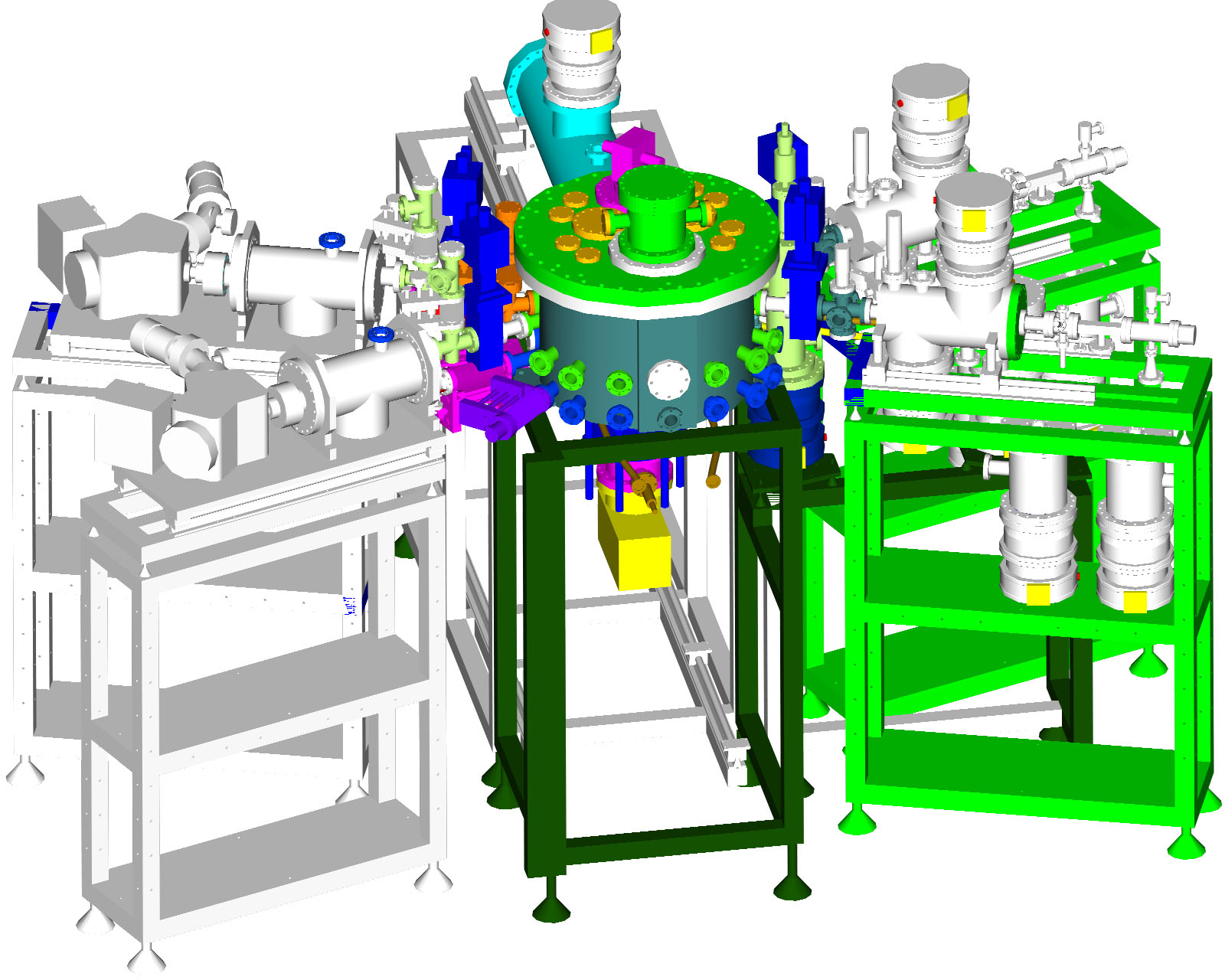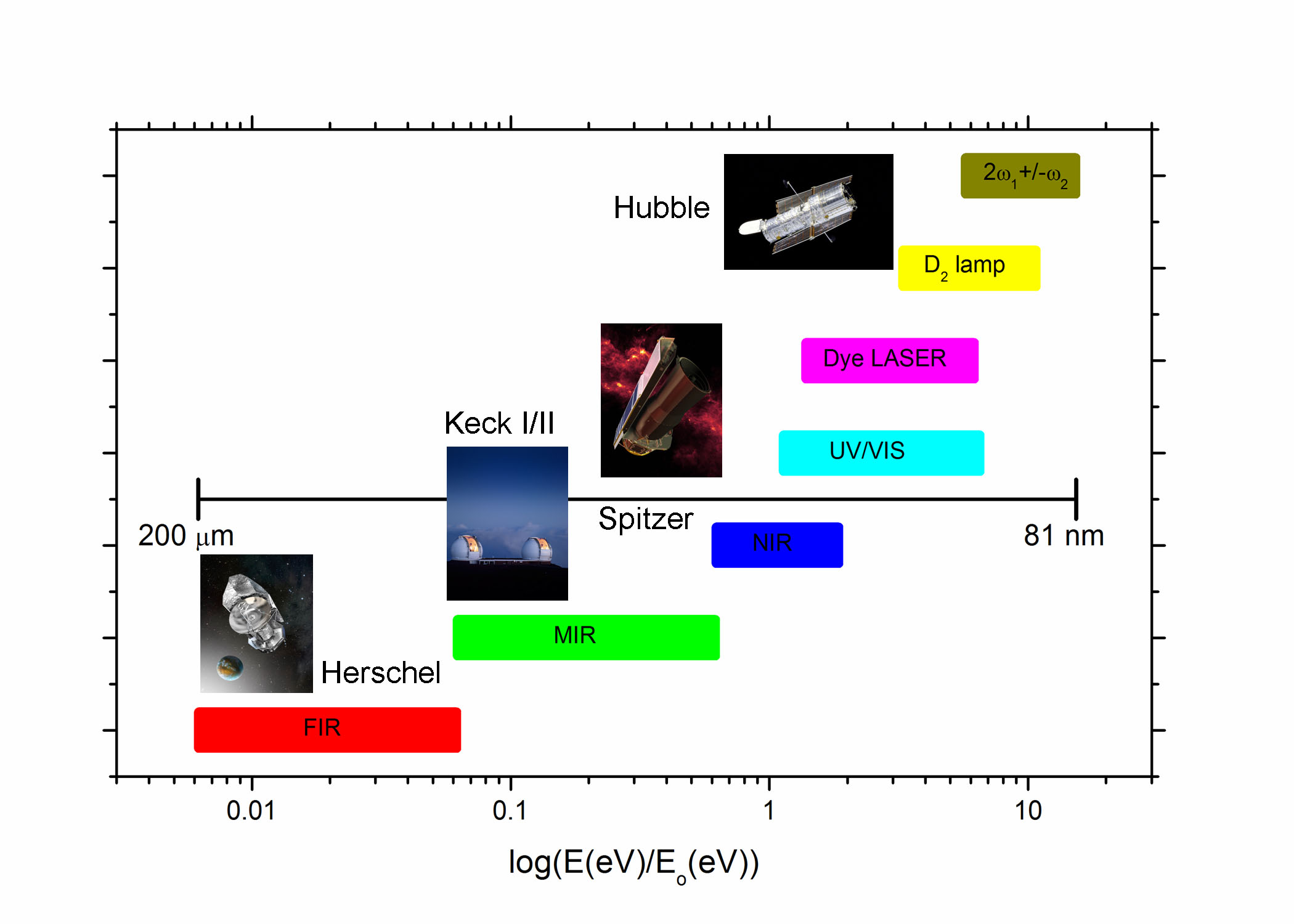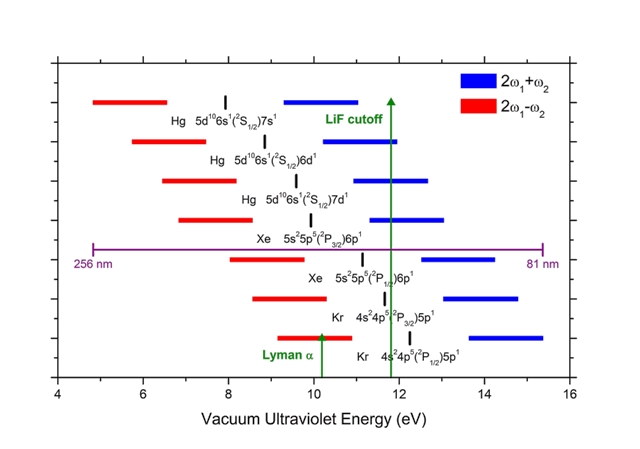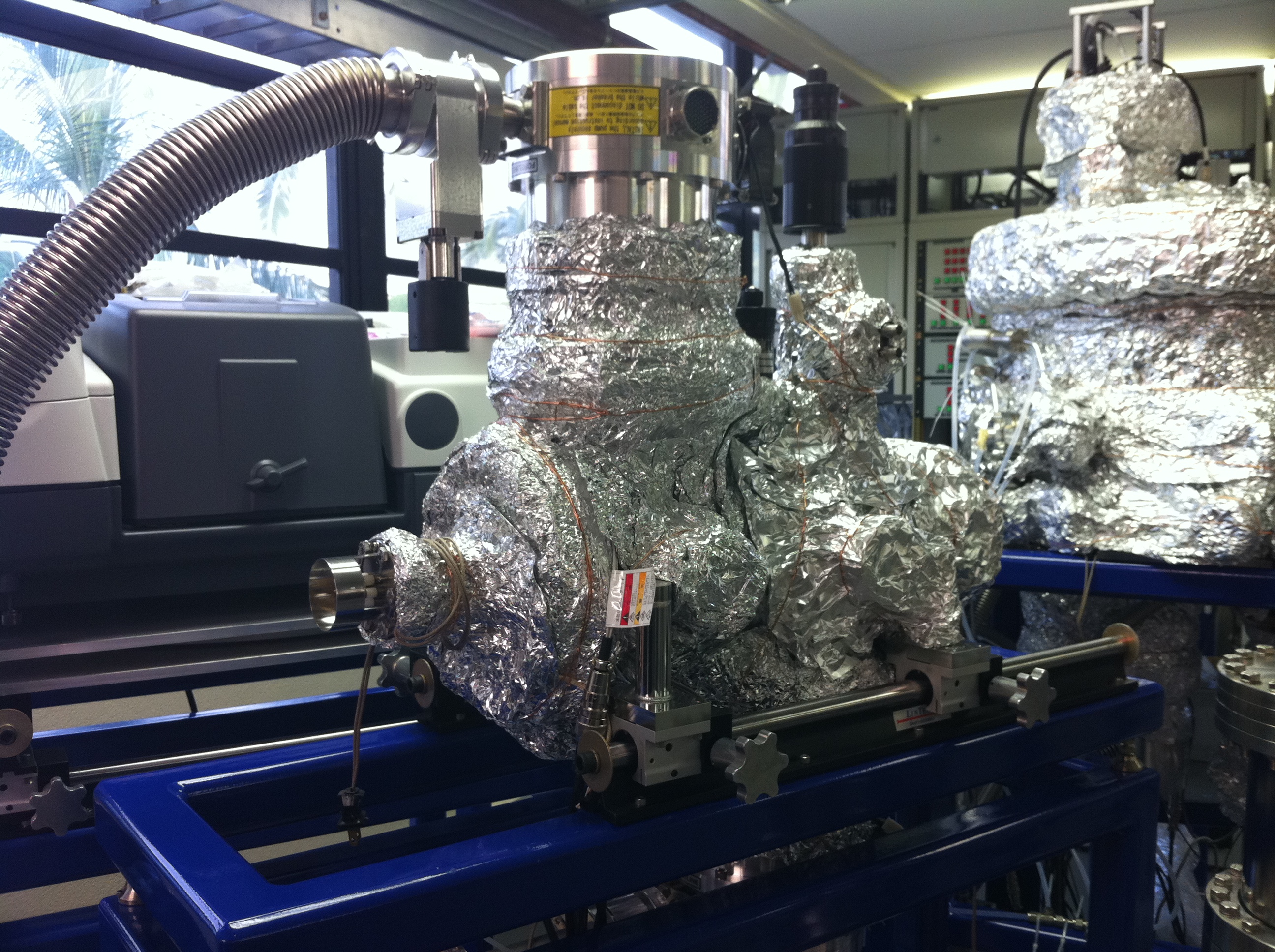The W.M. Keck Research Laboratory in Astrochemistry located at the University of Hawaii at Manoa was established in 2010 with funding from the W.M. Keck Foundation. The overall goal of the W.M. Keck Research Laboratory in Astrochemistry is to unravel the effects of the interaction of ionizing radiation (charged particles, UVVUV photons) with interstellar and solar system ices, minerals, and carbonaceous surfaces at temperatures as low as 4 K and to comprehend the chemical and astrobiological evolution of the Solar System. This is achieved through an understanding of the formation of carbon-, hydrogen-, oxygen-, and nitrogen-bearing (CHON) molecules in ices of, for instance, Kuiper Belt Objects (KBOs) by reproducing the space environment in a specially designed experimental setup. KBOs are small planetary bodies orbiting the sun beyond the planet Neptune, which are considered as the most primitive objects in the Solar System. A study of KBOs is important because they resemble natural time capsules at a frozen stage before life developed on Earth. Our methodology is based on a comparison of the molecules formed in the experiments with the current composition of KBOs; such approach provides an exceptional potential to reconstruct the composition of icy Solar System bodies at the time of their formation billions of years ago. The significance of this project is that our studies elucidate the origin of biologically relevant molecules and help unravel the chemical evolution of the Solar System. Since KBOs are believed to be the main reservoir of short-period comets, which are considered as delivery systems of biologically important molecules to the early Earth, our project also brings us closer to the understanding of how life might have emerged on Earth.
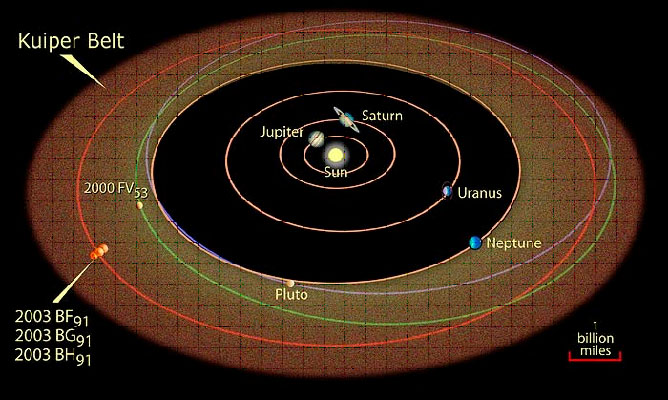
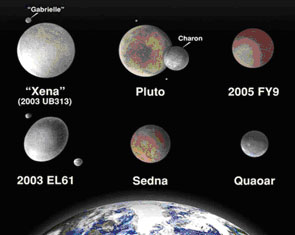
The centerpiece of the laboratory is a novel ultra high vacuum (UHV) surface scattering machine mimicking the chemical evolution of icy bodies such as KBOs and icy moons. This experimental setup allows a systematic investigation of the formation of new species on the molecular level in low temperature ices and/or silicates/carbonaceous matter by ionizing radiation (solar wind particles and photons, galactic cosmic rays) over a wide range of parameters under ultra clean (10-11 torr) conditions at temperatures as low as 4 K. By analyzing intermediates and products on line and in situ via infrared, Raman, UV/VIS spectroscopy and time-of-flight/mass spectrometry utilizing soft ionization (low energy electrons, tunable photoionization), the formation routes of newly formed molecules can be extracted quantitatively. These studies can be cross linked with observations of KBOs at Keck and Subaru telescopes. By comparing model predictions with observations, the models can be refined until an agreement between predicted and observed data is reached and a coherent picture of the chemistry of KBO surfaces emerges.
